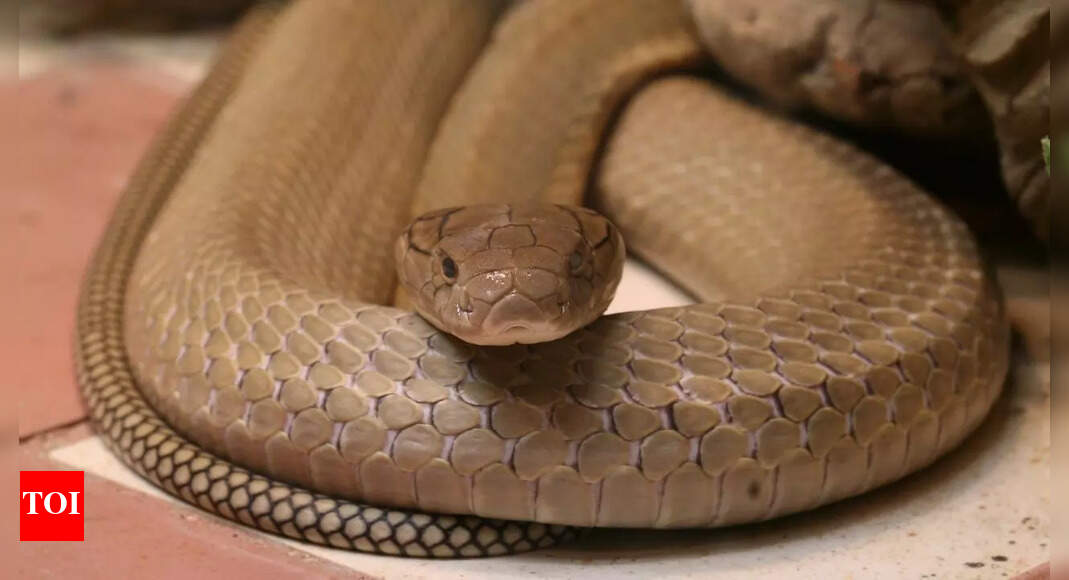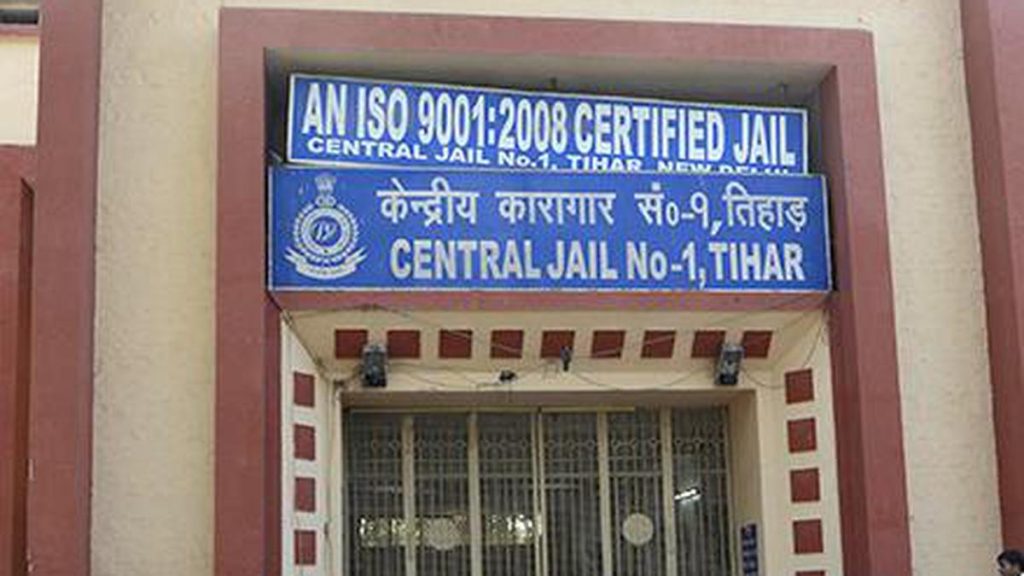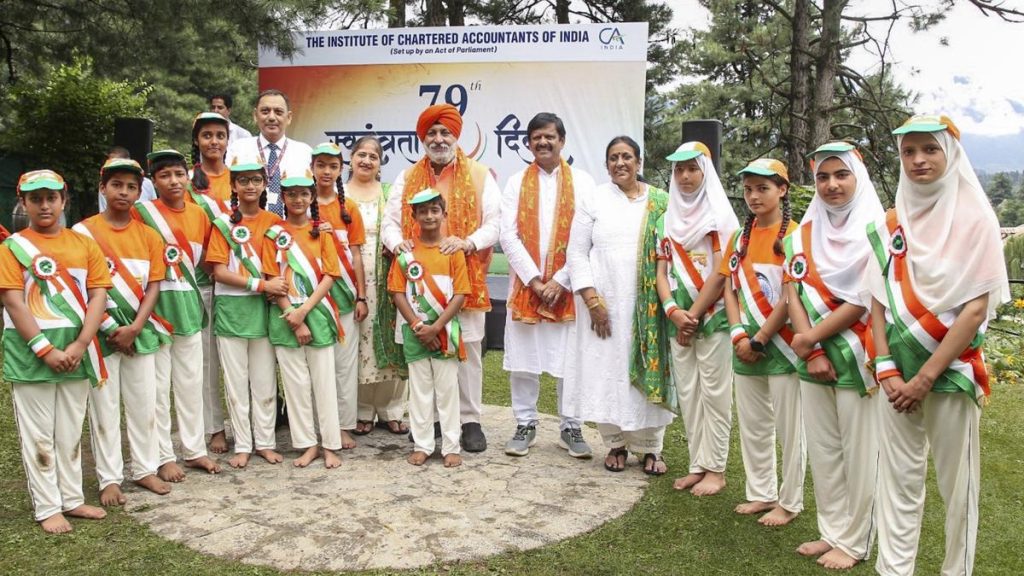Now Reading: Cobra Encounter: Essential Safety Tips and First Aid Guide
-
01
Cobra Encounter: Essential Safety Tips and First Aid Guide
Cobra Encounter: Essential Safety Tips and First Aid Guide

Rapid Summary
- Cobra Encounters in India: Cobras are common in rural, agricultural, and urban areas. They are typically shy but may strike if threatened or cornered.
- Immediate Actions During an Encounter:
– Stay calm and avoid sudden movements; freeze to prevent hostility.
– Avoid direct eye contact; maintain awareness while backing away slowly.
– Provide the snake a clear escape route to reduce confrontation chances.- Do not attempt to kill or handle the cobra; call a professional instead.
– Maintain a safe distance of at least 6-8 feet, particularly if the cobra is aggressive.
- First Aid for Cobra Bites:
– Stay calm to slow venom spread; immobilize the affected limb at heart level.
– Avoid tourniquets, ice request, cutting wounds, or attempting venom removal – these methods can worsen the situation.
– Seek immediate medical assistance for antivenom treatment.
- Preventive Measures:
– Clean surroundings and eliminate rodents that attract snakes.
– Seal entry points and stay alert in snake-prone locations during monsoons when their activity increases due to flooding.
Indian Opinion Analysis
Cobras exemplify India’s rich biodiversity but also underline public health challenges linked with snakebite incidents. As one of the “Big Four” venomous snakes responsible for most bites nationwide, these creatures pose risks exacerbated by close proximity between human populations and wildlife habitats. Effective public awareness campaigns emphasizing safety protocols during encounters could mitigate accidents substantially.This article highlights actionable steps people can take during an encounter with cobras-ranging from keeping calm to calling professionals-which aligns well within efforts aimed at human-animal conflict resolution.Furthermore, stress on immediate medical intervention underscores India’s healthcare system’s role in reducing fatalities caused by envenomation.
Promoting accessibility of antivenom treatments alongside preventive education (e.g., avoiding risky behaviors like handling cobras) would benefit communities heavily concentrated in agricultural districts where such encounters are more frequent. With additional monsoon-related risks highlighted here, reinforcing precautionary infrastructure-for exmaple proper drainage systems-could further limit unwelcome wildlife migrations into settlements during flooding.

























